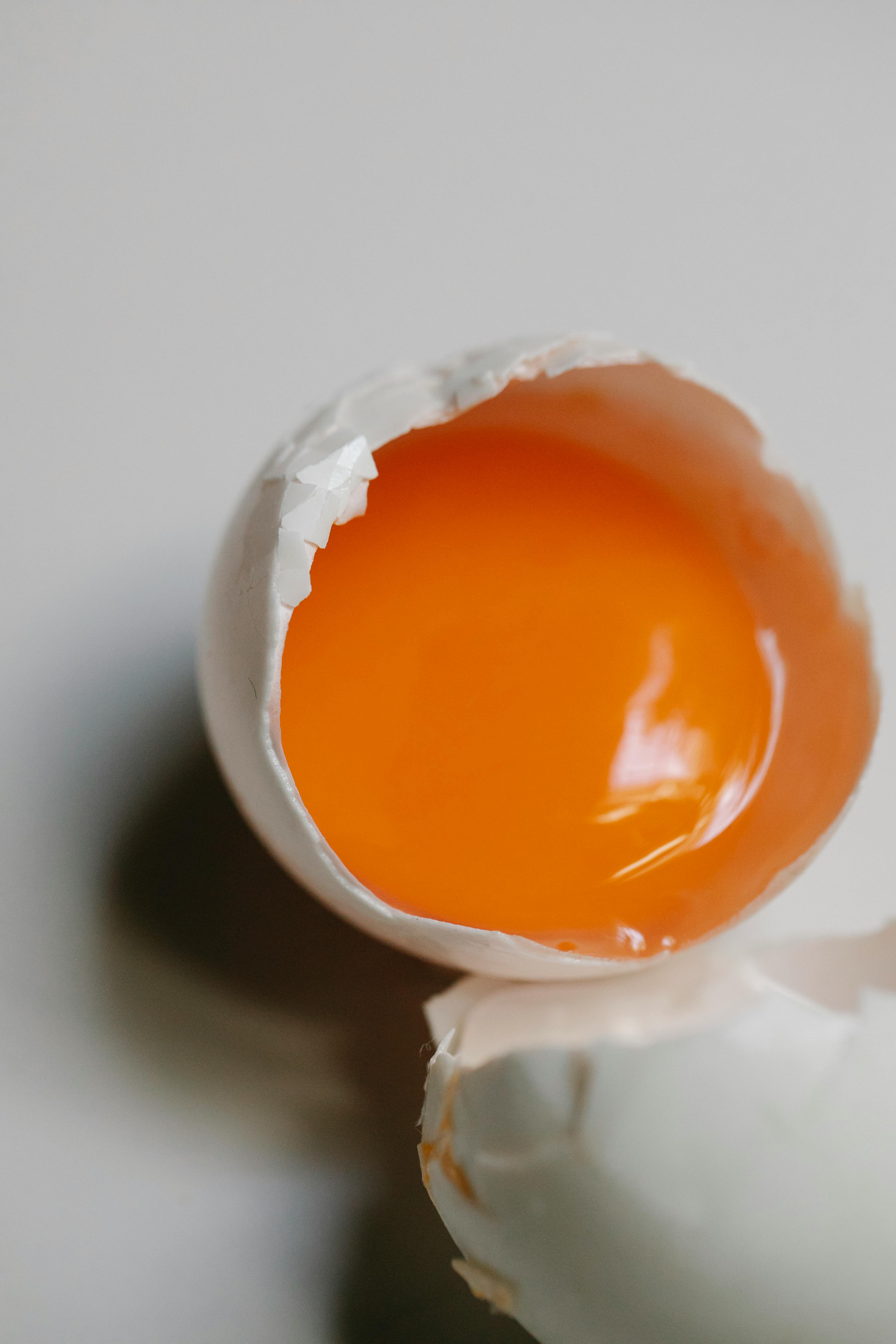Best 5 Ways to Treat Receding Gums for a Better Smile in 2025

How to Effectively Treat Receding Gums for a Healthier Smile in 2025
Receding gums can significantly impact oral health and aesthetics, leading to various complications if left unchecked. Understanding how to manage this issue is crucial for maintaining a beautiful smile. In 2025, advancements in dental care and a multi-faceted approach to treatment are imperative for effective receding gums treatment. This article will delve into the causes of receding gums, preventive measures, and both traditional and innovative solutions that enhance gum health.
As we navigate the multifaceted nature of gum recession, we will uncover various therapeutic options, dental surgeries, and holistic remedies that promote healthier gums. Stay tuned for practical tips that empower you to combat gum recession effectively.

Understanding the Causes of Receding Gums
Building on the importance of recognizing gum recession, let’s explore the various factors contributing to this common dental issue. Receding gums can arise from several causes, and identifying them is crucial for successful treatment.
Genetics and Gum Health
Research indicates that genetic predisposition plays a significant role in gum health. Individuals with a family history of gum disease are more likely to experience receding gums. Understanding your family’s dental health history can guide preventive measures and treatments.
Plaque Buildup and Oral Hygiene
Poor oral hygiene leads to plaque accumulation, which can harden into tartar, causing inflammation and gum recession. Regular brushing and flossing are vital to preventing this buildup and maintaining overall gum health.
Periodontal Disease
Gum recession is often associated with periodontal disease. When bacteria in plaque produce toxins, they irritate the gum tissue, leading to gum inflammation and ultimately recession. Recognizing early signs of gum disease can facilitate timely intervention and treatment.
Environmental and Lifestyle Factors
Environmental factors, including smoking and stress, negatively impact gum health. Smoking diminishes blood flow to the gums, inhibiting healing. Stress can lead to bruxism (teeth grinding), further exacerbating gum recession. Understanding these factors allows individuals to make informed lifestyle changes.
Mechanical Factors
Using the wrong toothbrush or improper brushing techniques can contribute to gum recession. Too much force while brushing can wear away the gum line and lead to receding gums. Choosing a soft-bristle toothbrush and employing gentle techniques are essential for gum protection.
Now that we understand the causes, the next step is examining effective gum recession solutions, encompassing both traditional and alternative approaches.
Effective Solutions for Receding Gums
With the fundamentals of gum recession established, we can explore various methods to treat and manage the condition effectively. Addressing receding gums requires a combination of professional treatments and at-home care strategies.
Professional Cleaning and Dental Procedures
Regular dental cleanings are crucial for maintaining gum health. Professional cleaning removes plaque and tartar that routine brushing may miss. For advanced gum recession, dental procedures, such as gum grafting, may be necessary to restore gum tissue.
Non-Surgical Treatments
Non-surgical treatments, including scaling and root planing, can greatly benefit individuals with mild to moderate gum recession. These procedures involve deep cleaning the gum line to eliminate bacteria and promote healing.
Topical Treatments and Mouthwash
Utilizing specialized toothpaste for gum recession and anti-inflammatory mouthwashes can help manage symptoms and promote healing. Look for products with fluoride or natural ingredients that support gum tissue health.
Natural Treatments and Home Remedies
Natural treatments such as essential oils, green tea, and aloe vera can be beneficial for gum health. These remedies possess antibacterial properties that can soothe inflammation and promote healing.
Exercises for Gum Health
Performing specific gum exercises may also contribute to better gum health. Techniques that involve massaging the gums gently can stimulate circulation and foster tissue health. Regular practice may help strengthen the supportive structures around your teeth.
After examining treatment options, it’s essential to know about preventive strategies to maintain gum health effectively. Let’s discuss how to incorporate them into your dental routine.
Preventing Gum Recession: Key Practices
With treatment pathways identified, implementing preventive measures is vital for sustaining healthy gums. Establishing a durable oral hygiene routine is the foundation of preventive care.
Daily Oral Hygiene Habits
Brushing twice a day with fluoride toothpaste and flossing daily can greatly reduce the risk of gum recession. Proper techniques and tools, like a soft-bristled toothbrush, ensure thorough cleaning without harming your gums.
Nutritional Impact on Gum Health
Diet directly affects oral health. Incorporating foods rich in vitamins and minerals, particularly antioxidants, supports gum tissue health and combats inflammation. Foods high in vitamin C, like citrus fruits, can bolster gum immunity.
Regular Dental Checkups
Routine dental visits not only maintain dental hygiene but also allow early detection and treatment of gum-related issues, significantly reducing the risk of recession. Regular screenings facilitate proactive management.
Avoiding Tobacco and Managing Stress
Refraining from smoking reduces the risk of gum disease. Additionally, managing stress through activities like mindfulness or meditation can benefit overall oral health, as it limits habits that negatively affect gum integrity.
As we progress into understanding dental procedures for receding gums, it is vital to explore surgical options that are available for advanced cases.
Exploring Surgical Options for Receding Gums
In cases where non-surgical treatments are insufficient, surgical interventions may be necessary to restore gum health. Understanding these options can inform informed decisions regarding dental care.
Gum Grafting Procedures
Gum grafting involves taking tissue from another site and affixing it where gums have receded. This procedure helps reinforce gum coverage over teeth, improving aesthetics and functionality. It’s one of the most effective surgical methods to tackle severe gum recession.
Laser Treatment for Gum Recession
Laser therapy has emerged as a minimally invasive alternative for treating gum recession. This technique involves using laser energy to remove diseased gum tissue and promote healing, reducing patient discomfort and recovery time.
Periodontal Surgery
In severe cases of periodontal disease, periodontal surgery may be indicated to restore gum health and prevent further recession. This comprehensive approach addresses underlying issues contributing to gum recession.
Understanding these options allows patients to engage in informed discussions with their dental professionals about the best course of action for their gum health.
At-Home Care for Maintaining Gum Health
Beyond professional interventions, at-home care plays a pivotal role in managing gum health. Let’s explore effective strategies to incorporate into your routine.
Best Products for Gum Care
Selecting the right oral care products is fundamental. Look for toothpaste designed for gingival health and use dental floss that effectively removes plaque without causing gum irritation.
Creative Use of Mouthwash
Mouthwash specifically formulated for gum health can aid in reducing plaque and bacteria accumulation, further supporting gum integrity. Consider chemical-free options for a more natural approach to oral care.
Holistic Approaches to Gum Health
Integrating holistic approaches, such as mindfulness practices and dietary changes, can enhance gum health significantly. Supplements, like omega-3 fatty acids and antioxidants, are also beneficial for reducing inflammation.
Monitoring and Understanding Symptoms
Being vigilant about changes in your gum health is crucial. Understanding signs and symptoms, like gum bleeding or increased sensitivity, can lead to prompt professional intervention and avoid progression.
Now that we’ve covered practical steps to maintain gum health, let’s conclude our exploration by addressing common questions about receding gums, their treatment, and maintenance.
Common Questions on Receding Gums
What are the early signs of gum recession?
Early signs include sensitivity to hot or cold, gum bleeding during brushing, and visible lengthening of the teeth. Recognizing these symptoms early can indicate the need for preventive care.
Can receding gums be reversed?
While completely reversing gum recession is often not possible, various treatments can halt progression and promote tissue health. Early intervention and consistent care can significantly improve outcomes.
What lifestyle changes can prevent gum recession?
Eliminating tobacco use, managing stress, and adopting a balanced diet can significantly impact gum health. Combining these lifestyle changes with a solid oral hygiene routine enhances overall dental care.
For further detailed insights into gum health and related topics, explore these articles: Understanding Gum Disease and Dietary Impacts on Gum Health.

Maintaining a proactive approach toward gum health is vital for a healthier smile. By prioritizing dental care and incorporating effective treatments and preventive measures, individuals can manage receding gums effectively.